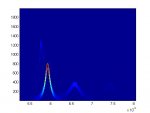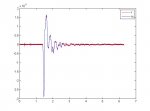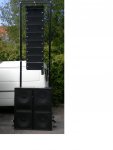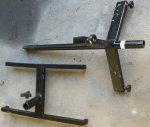I'm doing some long range planning of replacing my current system (EAW JFL - 2-way, dual 10" plus horn) with probably some kind of small to medium format line array. One of the biggest sound quality problems that I perceive - or at least think I perceive - with my current 2-way system, is intermod distortion. The symptom is as follows: Simple tracks are crystal clear - solo vocals for example, but when the band backing kicks in, the vocals sound a little distorted. I'm very confident that this is not a damaged speaker issue, and I'm confident that while this phenomenon gets worse with volume, I'm not anywhere close to pushing the system into non-linearity. The system sounds fine in use - this is more noticable in shop testing with well-recorded tracks.
Anyway, assuming I'm correct that I'm hearing intermod distortion , how much of a difference does the third bandpass make? Most of the choices I'm considering (RCF NX-L23A, RCF HDL-20A, Nexo S8/S12, etc.) are all 2-way boxes. Will these have similar intermod issues to my current system? Does something like the RCF TTL33-A (3-way - dual 8" acting as a woofer, single 8" midrange plus tweeters) minimize this since I'm not putting 800Hz on the same cone as 70Hz? Are the intermod issues as significant on the horn - e.g having 4K modulated by 1.2K a significant issue?
Thanks for any help in understanding this better.
Anyway, assuming I'm correct that I'm hearing intermod distortion , how much of a difference does the third bandpass make? Most of the choices I'm considering (RCF NX-L23A, RCF HDL-20A, Nexo S8/S12, etc.) are all 2-way boxes. Will these have similar intermod issues to my current system? Does something like the RCF TTL33-A (3-way - dual 8" acting as a woofer, single 8" midrange plus tweeters) minimize this since I'm not putting 800Hz on the same cone as 70Hz? Are the intermod issues as significant on the horn - e.g having 4K modulated by 1.2K a significant issue?
Thanks for any help in understanding this better.









